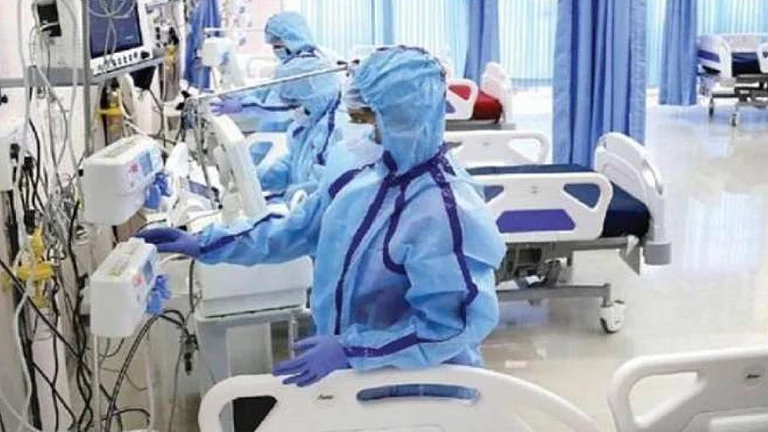Shaken up by the COVID-19 pandemic, growth rate of India’s health insurance sector reached a record high during that period. However, this trend seems to be losing momentum.
India’s Health Insurance Growth Drops 50% in 10 Months: Are Indians Being Priced Out?
Overall growth rate of health insurance sector, which has soared to 25.89% in January FY22, has seen a constant decline as it reached 23.57% in January FY23, according to the General Insurance Council data
Growth rates have plummeted to 10.44% during the first 10 months of the current fiscal year as compared to 20.79% in the year-ago period. During the same period, the growth of retail health insurance premiums, a dominant contributor to the segment, slowed to 13.51% as compared to 19.04% in FY24.
Overall growth rate, which has soared to 25.89% in January FY22, has seen a constant decline as it reached 23.57% in January FY23, according to the General Insurance Council data.
So, what has changed? Are people feeling safer, or is health insurance simply becoming too expensive?
Reasons Behind The Slowdown
Many factors are contributing to the slowdown in recent years, including a slumping economy. A sharp decline in premiums from the government-backed schemes and the change in accounting norms mandated by the Insurance Regulatory and Development Authority of India (IRDAI), which came into effect in October in FY25, have also impacted on the premium growth in the health segment.
The regulator changed the way insurers report premium figures, requiring them to spread long-term premiums over the policy duration on the basis of 1/N, where N is the number of days. This adjustment also impacted growth rates, making them less comparable to the previous year.
India's inflation-ridden economy with a stagnant wage also has its share in this slowdown. A report of the Federation of Indian Chambers of Commerce and Industry (FICCI) and Quess Corp, assessed by The Indian Express newspaper, highlighted the issue of stagnant income, identifying it as a major factor behind the slowdown in the country’s overall demand. The report noted that, despite a fourfold increase in corporate profits over the past four years, income growth within the corporate sector has remained in the single digits.
According to industry-watchers, not only individuals but businesses are also cutting discretionary spending like paying health insurance premiums. Driven by high premiums, now this sector is being looked at as not an urgent need.
With IRDAI's direction, prohibiting insurers from revising the premium on health cover products for senior citizens by over 10% a year, insurers are shifting focus towards younger and lower-risk customers.
Medical inflation, which stands at 14% as of, is also working as a catalyst in this too. Speaking to the Indian Express newspaper, an insurance sector official said that premiums should be capped but the same cannot be done without regulating the hospitals.
As per general insurer Acko’s report, the common medical procedure prices are on the rise. Notably, the cost of angioplasty (PTCA) reached Rs 2-3 lakh in 2024 from Rs 1-1.5 lakh in 2018. The report projected that by 2030 it will reach Rs 6-7 lakh. Likewise, kidney transplant costs have also doubled from Rs 5-8 lakh in 2018 to Rs 10-15 lakh in 2024.
Last year, premiums saw a 20% surge but the number of policyholders grew only by 5%, aligning with workforce expansion. The rising healthcare premiums are also raising concerns over their accessibility and the long-standing demand for a reduction in the goods and services tax (GST) never happened.
Will Health Insurance be Affordable?
As a result of medical inflation, insurers are encouraging larger coverage amounts, with most standard mediclaim coverage rising from Rs 3 lakh to Rs 5 lakh in recent years. However, these added "riders" and benefits come at a cost, further pushing up premiums. With GST on health insurance still at 18%, no relief appears in sight.
As insurance becomes costlier, the big question remains—will Indians continue prioritising health coverage or will affordability concerns force a retreat?

